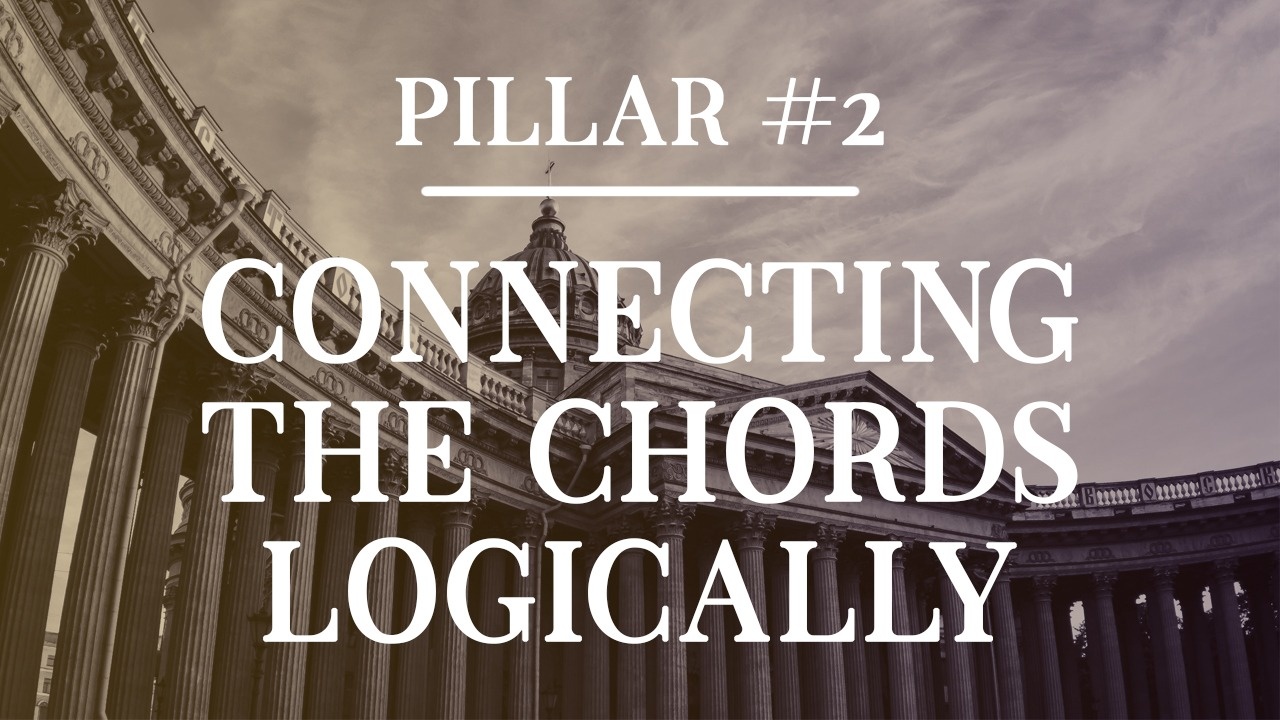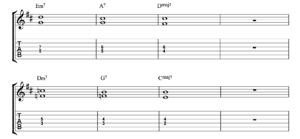
Jazz Improvisation Pillar #2: Connecting Chords Logically
Jan 30, 2017Guest post by Ny Fanilo Andrianjafy
Let's continue our exploration of the 3 jazz improvisation pillars. In this blog post, we are going to learn about Pillar #2: connecting chords logically. "What does that mean?", you may ask. It means that you aim to outline the changes from the current chord to the next one. Your single note lines should reflect the chord progression you play on.
Also, you need to maintain the ability to play only 100% correct notes as we saw in our previous blog post. It is extremely important to keep doing what you did in the previous pillar in order to become a great improviser.
You can get the PDF with the musical examples we refer to by clicking the link below:
"Jazz Improvisation Pillar #2" Exercises on Tune Up PDF
Join our Community here.
The Basics: Guide-Tones
In order to connect chords smoothly, you need to know about the guide-tones of your chords. Guide-tones are the most defining tones of a chord or the strongest ones.
Usually, they are the 3rd and the 7th of your chord. Forget about extensions and alterations for a minute. These tones are the only information you need to qualify a chord. They identify if the said chord is major, minor or dominant.
It easily relates to Pillar #1 since you are playing 100% correct note and those notes happen to be the foundation of your chords.
Try to comp over Miles Davis' amazing tune, Tune Up, only with guide tones. You will see how amazing it is that, even without playing the root, you make your point perfectly clear in terms of chord progression.

Connecting Chords with Motion
The essential, smooth and logic motion: going from the 7th of the previous chord to the 3rd of the next one.
This idea works very well when you encounter a ii-V-I progression (which, apparently, is everywhere in jazz standards, just saying). It creates a tension that is immediately resolved. This is the most recognizable sound in jazz that you should aim for. Afterward, you may add any note you want to "embellish" your guide-tone lines (we will talk about this very shortly).
This is the foundation, you may after that you may add any note you want to "embellish" your guide tones' motions.
One interesting fact that you will notice, either visually or by ear, is that this 7th -> 3rd motion is always one half-step or whole-step away. You do not have to play any weird interval, your "bridge" to connecting chords is a very short one.
Don't believe me? Try it on this ii-V-I progression in D that corresponds to the first bars of "Tune Up". Play the 3rd for 3 beats, the 7th of the same chord for 1 beat and then play the 3rd of the next one:

Embellish With The Good Notes
When you start to get it, you will be bored by those two-note lines. This means that it is time to bring back Pillar #1 again and play the 100% correct notes and connect chords.
The best way to start shifting gear is to include arpeggios into your playing. As I mentioned in the previous section, the 7th -> 3rd motion is a good bridge for connecting chords. This means you can play the arpeggio from the root to the 7th (R-3-5-7) and land on the 3rd of the next chord. How cool is that?

To make things more interesting, you can replace the arpeggio tones with other scale tones (or you can simply add notes). At this point, you are starting to mix Pillar #1 and #2 together and you should just have fun with it, while still playing under the constraints of landing on guide-tones and play the good notes.
For an example in the context of a full song, you can check the PDF follow the exercise on Mile Davis' Tune Up
That's it. Start working on connecting chords logically to make your solo "tell a story" or "giving a speech". Next week, we will finish our series with an article on Pillar #3: Articulate Your Lines.
Do not forget to grab the PDF with the musical examples to really get a hand of the concept here:
"Jazz Improvisation Pillar #2" Exercises on Tune Up PDF
Join our Community here.
Links:
Head over to the main article about the 3 Pillars Improvisation here:
Click here to read about Pillar #1
Click here to read about Pillar #3
Guest Post by Ny Fanilo Andrianjafy
Ny Fanilo Andrianjafy is a guitarist living in Canada. His main influences are traditional music from his birth country, Madagascar, and blues. He discovered Jazz at the age of 19 and has been in love with it ever since









